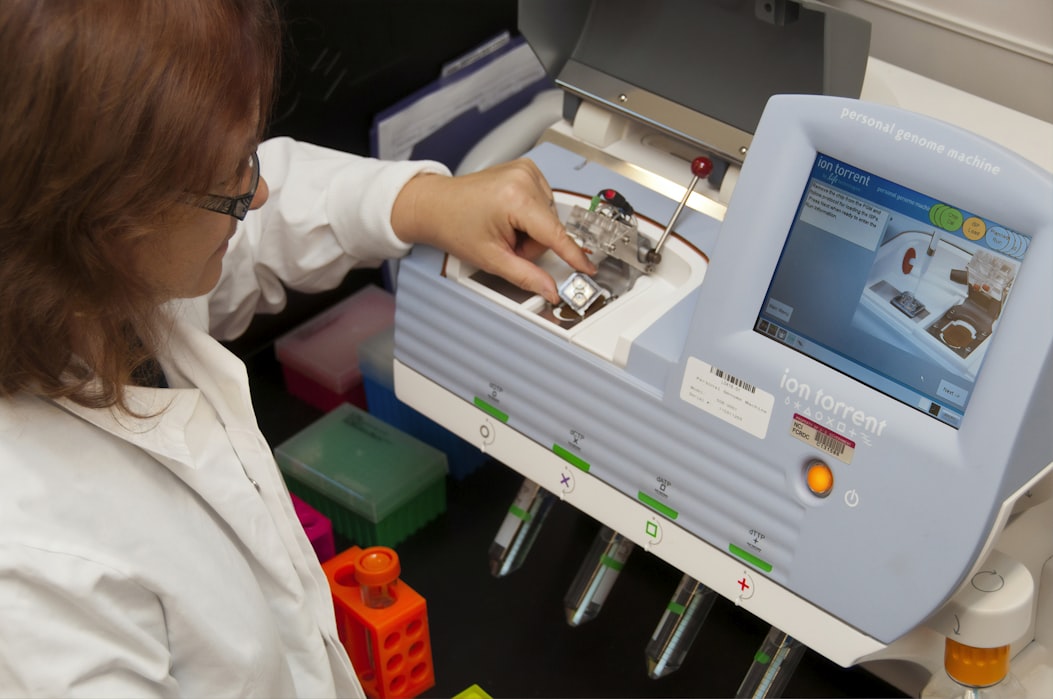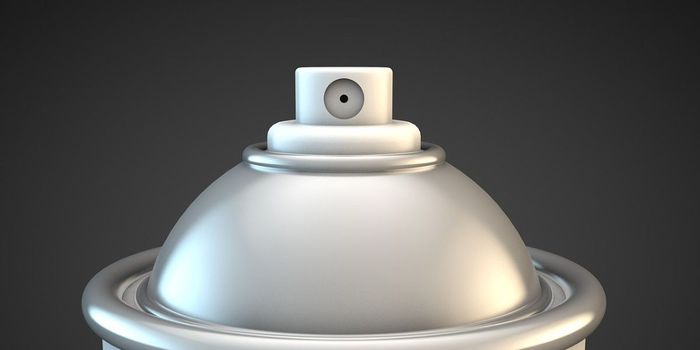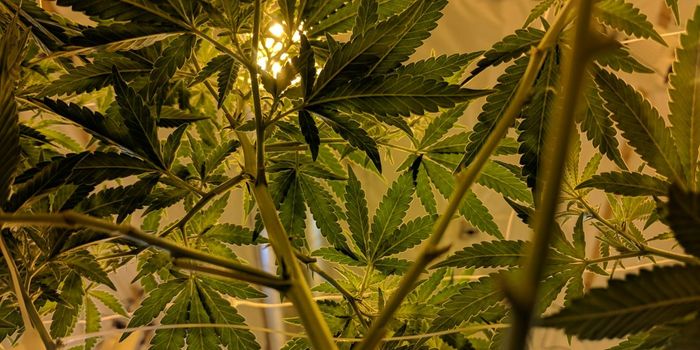Machine Learning Speeds Up Drug Discovery
How do drugs work? Well, they work when they stick to their target protein. Of course, there is much more complicated process than simply put—but it notes the importance of ‘stickness’ in the therapeutic process.
With this in mind, research his now addressing the key hurdle associated with the drug ‘stickiness’ by combining chemistry and machine learning through a new technique called ‘DeepBAR’.
"Our method is orders of magnitude faster than before, meaning we can have drug discovery that is both efficient and reliable," says Bin Zhang, the Pfizer-Laubach Career Development Professor in Chemistry at MIT, an associate member of the Broad Institute of MIT and Harvard, and a co-author of a new paper describing the technique.
DeepBAR calculates the binding affinities between a drug candidate and their targets.
A lower binding free energy means the drug can better compete against other molecules," says Zhang, "meaning it can more effectively disrupt the protein's normal function."
Findings were published in the Journal of Physical Chemistry Letters.
The "BAR" in DeepBAR stands for "Bennett acceptance ratio," which is used in decades-old calculations of binding free energy.
"These models create a reference state for each endpoint, the bound state and the unbound state," says Zhang. These two reference states are similar enough that the Bennett acceptance ratio can be used directly, without all the costly intermediate steps.
"It's basically the same model that people use to do computer image synthensis," says Zhang. "We're sort of treating each molecular structure as an image, which the model can learn. So, this project is building on the effort of the machine learning community."
"These models were originally developed for 2D images," says Ding. "But here we have proteins and molecules -- it's really a 3D structure. So, adapting those methods in our case was the biggest technical challenge we had to overcome."
Learn more about how drugs are taken up in the body:
DeepBAR is "a really nice computational work" with a few hurdles to clear before it can be used in real-world drug discovery, says Michael Gilson, a professor of pharmaceutical sciences at the University of California at San Diego, who was not involved in the research.
"This research is an example of combining traditional computational chemistry methods, developed over decades, with the latest developments in machine learning," says Ding. "So, we achieved something that would have been impossible before now."
Source: Science Daily









